Join newsletter
& be up to date!
ELECTRON DIFFRACTION TUBE
The tube uses an electron gun with an indirectly heated cathode to project a narrow converging beam of electrons through a thin layer of graphiticised carbon, supported on a fine mesh grid over the exit aperture of the gun. The cathode rays are diffracted in passing through the carbon layer and produce a ring pattern on the phosphor coated end of the tube. Study of the ring pattern and its variation with different anode voltages permits the study and verification of the de Broglie hypothesis, shows the dual nature of the electron, permits the calculation of the spacing of diffracting planes and suggests the probable arrangement of carbon atoms.
Filament voltage: Nominal 6.3V a.c./ d.c, Maximum 9V a.c./ d.c.
Anode voltage: 500 to 5000V d.c.
Anode current: 0.2 to 0.4mA.
Supplied complete with instructions.
The tube uses an electron gun with an indirectly heated cathode to project a narrow converging beam of electrons through a thin layer of graphiticised carbon, supported on a fine mesh grid over the exit aperture of the gun. The cathode rays are diffracted in passing through the carbon layer and produce a ring pattern on the phosphor coated end of the tube. Study of the ring pattern and its variation with different anode voltages permits the study and verification of the de Broglie hypothesis, shows the dual nature of the electron, permits the calculation of the spacing of diffracting planes and suggests the probable arrangement of carbon atoms.
? Filament voltage: Nominal 6.3V a.c./ d.c, Maximum 9V a.c./ d.c.
? Anode voltage: 500 to 5000V d.c.
? Anode current: 0.2 to 0.4mA.
Supplied complete with instructions.
Related Products
DOUBLE FINE BEAM TUBE
$1,393.82PLANAR DIODE
$737.90DEFLECTION E/M TUBE
$1,209.35UNIVERSAL STAND
$393.56EXPERIMENT LEAD SAFETY PLUG AND SOCKET
$24.60PERRIN TUBE
$953.13TEL-X-OMETER
$11,376.06MALTESE CROSS TUBE
$830.15HELMHOLTZ COIL PAIR
$573.93*Don’t worry, we won’t spam our customers mailboxes

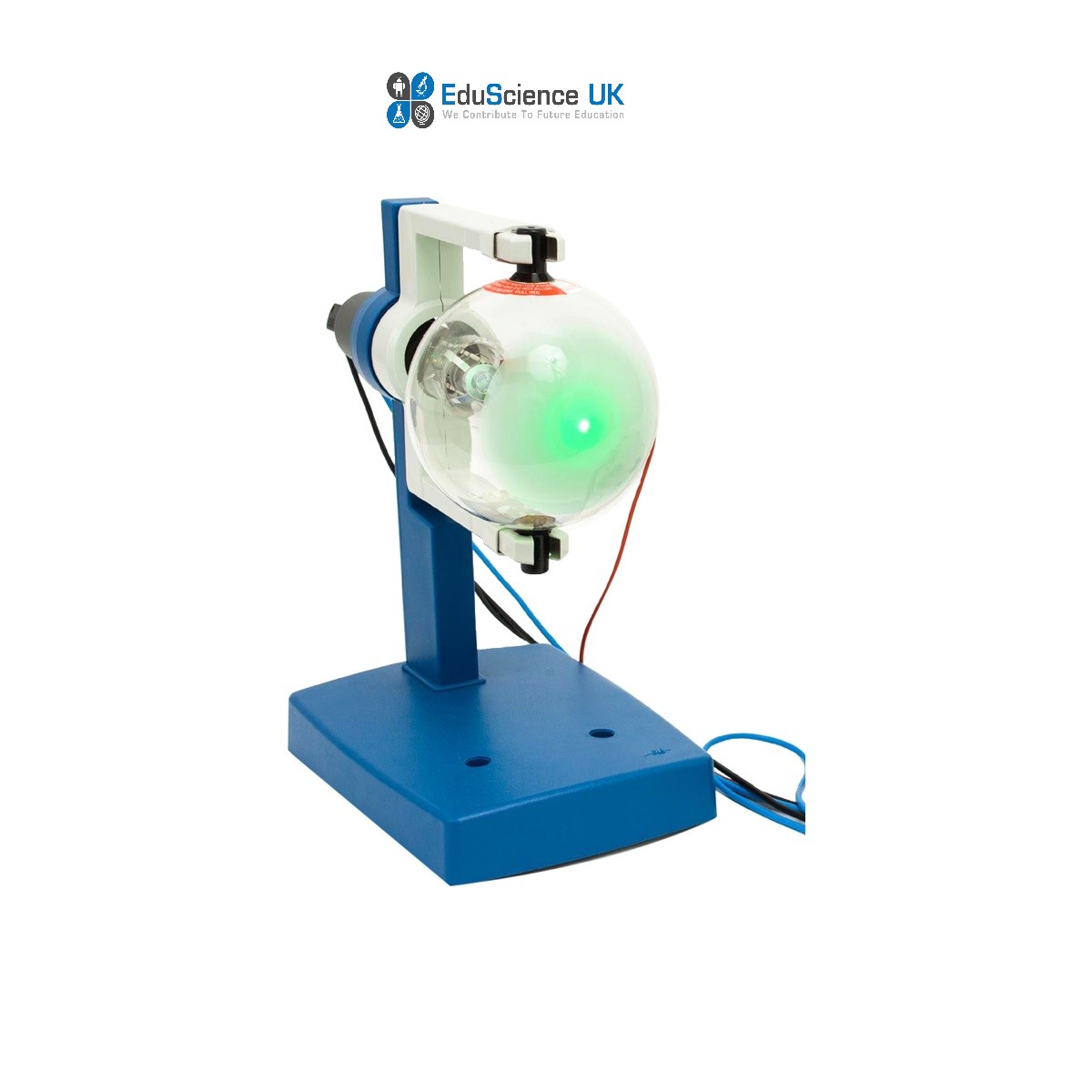

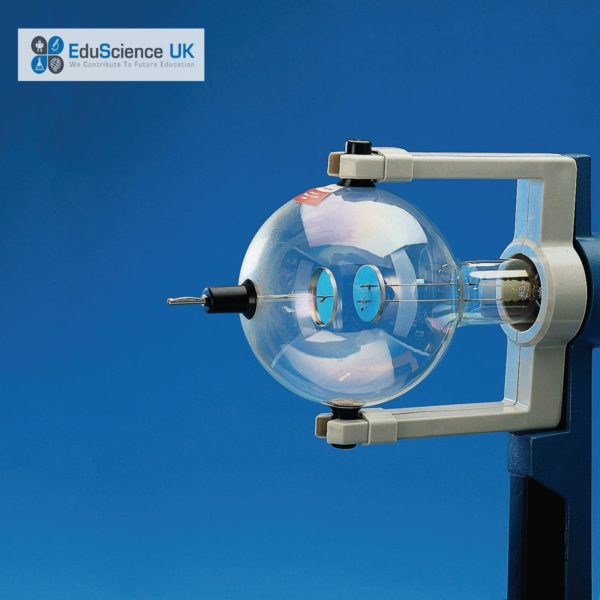
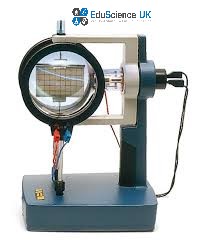
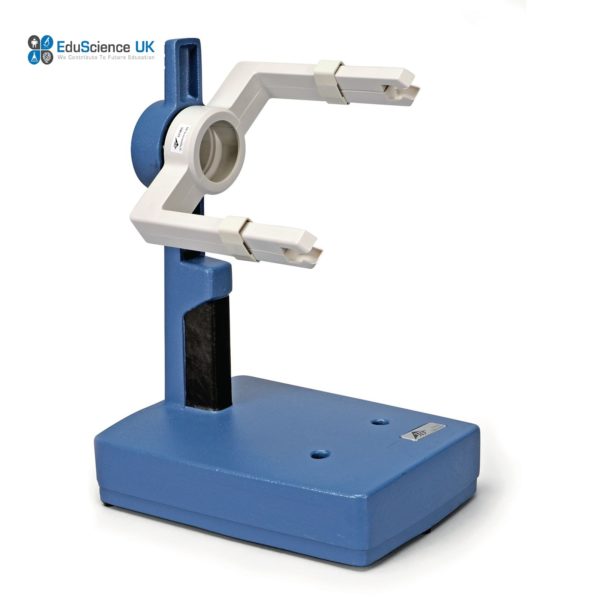

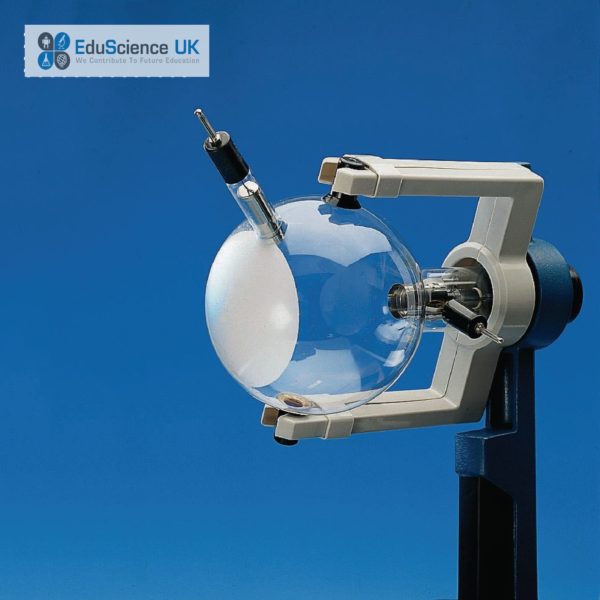


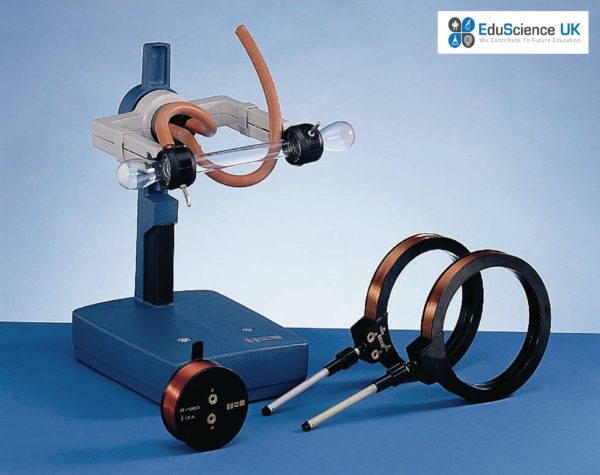
Reviews
There are no reviews yet.